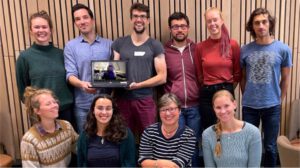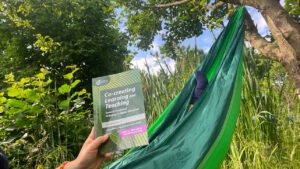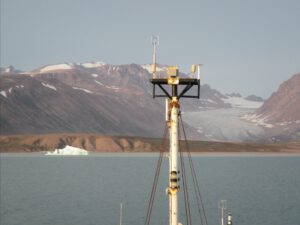
CHESS/iEarth joint course on “communication skills in outreach and teaching”
Kjersti Daae and I led the CHESS/iEarth joint course on “communication skills in outreach and teaching” in Bergen in September 2021; here is a short summary: CHESS is training the…


